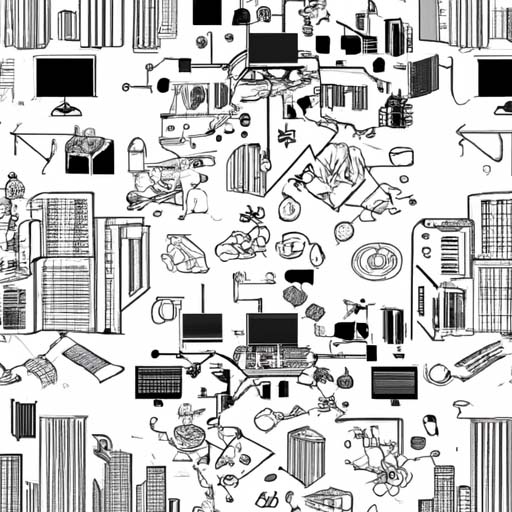From Manual to Machine – Historical Overview
Welcome to our in-depth exploration of the evolution of automation, from early machines to the advanced technologies of today. In this article, we will take you on a journey through time, tracing the significant milestones that have shaped the way we live and work. Get ready to uncover the fascinating history of automation and discover how it has transformed various industries.
The Birth of Automation
The concept of automation dates back to ancient times, where human ingenuity led to the creation of simple machines designed to perform repetitive tasks. From watermills to windmills, our ancestors developed innovative ways to harness the power of nature to increase productivity. These early machines marked the first steps toward automation, laying the foundation for future advancements.
The Industrial Revolution and Beyond
Fast forward to the 18th century, the Industrial Revolution served as a catalyst for the rapid growth of automation. Steam power and mechanization revolutionized manufacturing processes, allowing for mass production on an unprecedented scale. Factories sprung up, and innovative machines, such as the spinning jenny and power loom, transformed the textile industry.
As the 20th century approached, automation continued to evolve with the introduction of electrical power. The assembly line, pioneered by Henry Ford, streamlined production and made automobiles more affordable for the masses. This marked a pivotal moment in the history of automation, as it showcased the immense potential of integrating machines into various industries.
The Dawn of Computerized Automation
In the mid-20th century, the emergence of computers took automation to new heights. With the advent of programmable controllers, complex tasks could be automated more efficiently and less prone to human error. Industries such as aerospace, automotive, and manufacturing began to adopt computerized systems, ushering in an era of increased precision and productivity.
The 1970s witnessed a significant breakthrough in automation with the creation of the first industrial robots. These programmable machines could perform a wide range of tasks, from welding to assembly, with speed and accuracy. The robotic revolution was born, and industries across the globe embraced this game-changing technology.
The Age of Artificial Intelligence
Today, we find ourselves in an era where automation has reached unprecedented levels of sophistication. Artificial Intelligence (AI) and Machine Learning are driving the next wave of automation, enabling machines to learn and adapt to complex tasks.
Industries like healthcare, transportation, and finance are integrating AI technologies to enhance efficiency, accuracy, and decision-making. Autonomous vehicles, robotic surgeons, and advanced algorithms in high-frequency trading are just a few examples of how AI has reshaped the modern world.
The Future of Automation
As we look ahead, the future of automation holds immense promise. With advancements in robotics, AI, and IoT (Internet of Things), we can expect to see even greater levels of efficiency, productivity, and innovation in various industries.
While concerns about job displacement persist, history has shown that automation ultimately leads to the creation of new job opportunities and a shift in required skill sets. By embracing and adapting to the changes brought about by automation, we can unlock endless possibilities for growth and progress.
In conclusion, the journey from manual labor to machine automation has been an extraordinary one. From the early machines of antiquity to the cutting-edge technologies of today, automation has revolutionized the way we live and work. As we continue to push the boundaries of what is possible, we must remember that automation is not a threat, but a powerful tool that can propel us into a future of limitless potential.
